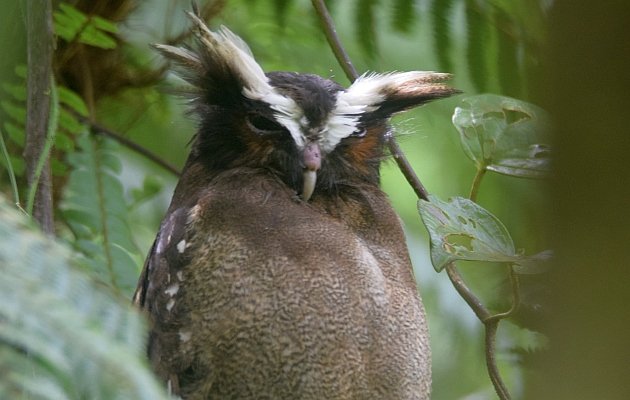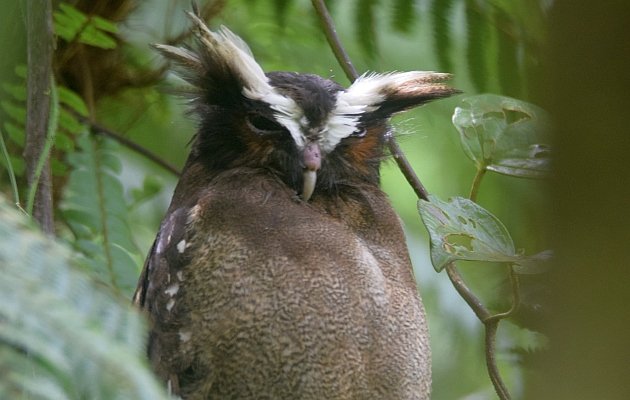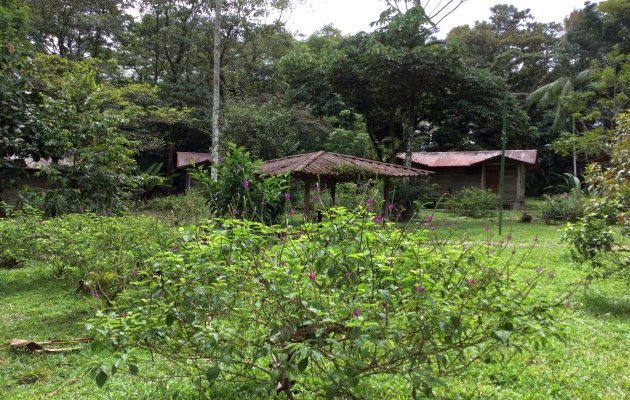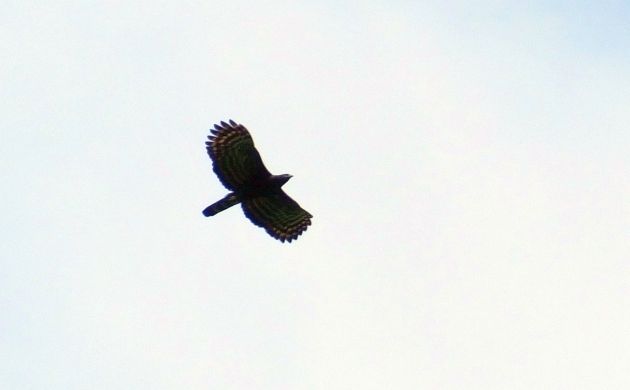
Birding in the Caribbean is about islands, beautiful beaches, extra special endemics, rum, and smiles. It could also be much more, maybe less, it all depends on how you want to rock an international birding trip. Where a birder goes in the Caribbean determines which birds are seen including toy-like todies, Carib hummingbirds, cool pigeons, quail-doves, unique avian families and outrageous woodpeckers. Go to Hispaniola and a birder has the pleasure of admiring two species of tody for the price of one, checking out the odd, mono familiar Palmchat, and listening to the parrotish calls of the White-necked Crow.
Go to Costa Rica and you will be looking at other birds but you can still get in some Caribbean slope birding. Despite the Central American nation being occasionally confused with Puerto Rico, Costa Rica is not an island, it doesn’t really count as “Caribbean birding”, so what gives? Costa Rica might not be a Caribbean country per say but it does have a coast on the Caribbean Sea, a coast with lowland palm swamps and rainforest that climb into the wet foothill and cloud forest zones. Its the wetter side of a wet tropical country and since it has a distinct and diverse avifauna, we differentiate it from other parts of the country. In birding circles, we refer to the northern and eastern part of Costa Rica as the Caribbean Slope.
On birding tours, this aspect of Costa Rica is commonly experienced at sites like La Selva Biological Station, Arenal, and Cano Negro. Those are great hotspots but for birders not restricted to places requiring birding tour logistics, there are cavalcade of additional Caribbean slope birding options. One such special place is the Centro Manu, a small family run reserve that features several star bird species of Costa Rica’s Caribbean lowlands. This reserve might not harbor the 1,000 species living in various types of forest at different elevations in a much more famous place with a similar name, but it still has more than enough birds to warrant a visit. Check out some impressions, highlights and information from a recent morning of birding at the Centro Manu in the Caribbean lowlands of Costa Rica:
Easy Access
Situated just 6 kilometers south of the town of Guapiles towards the end of a good road, this birdy spot is very easy to reach. Visits are only possible with reservations, contact them at their Facebook page. A modest entrance fee is charged, read on to see why the cost of the entrance is very much wort h it!
Good Trail but Bring the Boots
Centro Manu has one main loop trail through mature forest. In common with other trails in rainforest, mud is a regular feature. Use rubber boots at this place, you will need them. Overall, the trail is flat but there are a few small bridges and a few steps. Watch the streams for fish, we saw a few, unidentified yet cool looking tropical species!
Roosting Great Potoo and Crested Owls!
Want to see a roosting potoo? Of course we all want that! During our visit, one was sleeping high in a tree right next to the parking area. We had excellent views.
What about other roosting birds? Centro Manu has those too, best of all, a pair of incredibly easy Crested Owls. They greeted us at the very start of the trail.

Hopefully, Centro Manu guide and birder Kenneth will keep track of these and other roosting owls, several species are possible.
An Excellent Hummingbird Garden
Flowering bushes have been planted in two different areas, both are good for hummingbirds. During our visit, we saw Rufous-tailed, Blue-chested, and Violet-headed Hummingbirds as well as Purple-crowned Fairy, Green Thorntail, hermit species and Bronze-tailed Plumeleteer. If we would have looked more or during other parts of the year, we might have also seen such coveted birds as Snowcap, Black-crested Coquette, and Blue-throated Goldentail.

Good Lowland Forest Birding
As is typical of lowland forest sites, the easiest birding is at the edges. Check out the area around the cabins and parking area and you could see trogons, parrots, toucans, woodcreepers, tanagers, manakins, and much more. We had various expected species along with critically endangered Great Green Macaws (!), Short-tailed Hawk, Black Hawk-Eagle, Brown-capped Tyrannulet, and other species.

Inside the forest, it was fairly quiet but based on what we heard and saw and other bird lists, the trail is a good area for Uniform Crake (the many streams make this spot perfect for this shy species), Black-crowned Antshrike, antwrens, Ruddy-tailed and Sulphur-rumped Flycatchers, and many other species. Many more species are possible, the connectivity of the rainforest at Centro Manu to the more extensive forests of Braulio Carrillo National Park ups the potential of this site.
Nice Migration!
Fall migration was one of the main reasons for our visit. The Caribbean lowlands are the place to be during bird migration in Costa Rica; we had some sweet expectations. Cerulean Warbler in particular was a target and we were not disappointed! While watching groups of Red-eyed Vireos in the parking area, we had great looks at at least two different Cerulean Warblers along with a few of their more common Paruline relatives.
On other days, I bet this spot can be seriously hopping with migrants. It probably also experiences some of the River of Raptor action Costa Rica is blessed with. Although we did not see any kettling migrant raptors on our visit, the leaf shaking action of dozens of Red-eyed Vireos and other migrants, and hundreds of migrating swallows hindered us from leaving the place.
Perfect for Uncommon Altitudinal Migrants
Various species in Costa Rica migrate from cloud forest down into the foothills and lowlands. Since the lowland forests just below the foothill zone are the first lowland rainforests reached by altitudinal migrants, those places tend to be better for such special birds. Since Centro Manu has the right forest habitat and is situated in that hot zone for elevational migrants, it seems to be especially good for such serious megas as Bare-necked Umbrellabird (yep, you read that right!), Yellow-eared Toucanet, and Red-fronted Parrotlet. Although we dipped on the umbrellabird, two or even three have been seen before and after our visit, the toucanet was also recently seen, and we glimpsed the parrotlets! They were giving their high pitched screeching calls and, as they often do, a flock of a dozen suddenly materialized in rapid flight. Other birds likely also occur at Manu, I wouldn’t be surprised to see a Lovely Cotinga there during the winter months.
The Centro Manu isn’t just a great birding spot, it’s also a good place to support. The owners have been protecting the forest and using it as a natural teaching lab for several years and the matriarch makes delicious home-cooked meals. Even better, that classic country cuisine can be accompanied by views of the hummingbird garden and foraging Green Ibises. If you are looking for some very accessible, easy-going lowland rainforest birding, Centro Manu is an excellent choice as a day visit or overnight in their rustic cabins. Looking to take photos or see certain birds? Make sure to hire local guide Kenneth, if anyone knows where that umbrellabird is hiding, he does!













Pat, I notice there are a ton of ebird sightings of Slaty-breasted Tinamoufrom Centro Manu, all from fall of 2021. Is this from discovery of a new spot in the reserve?